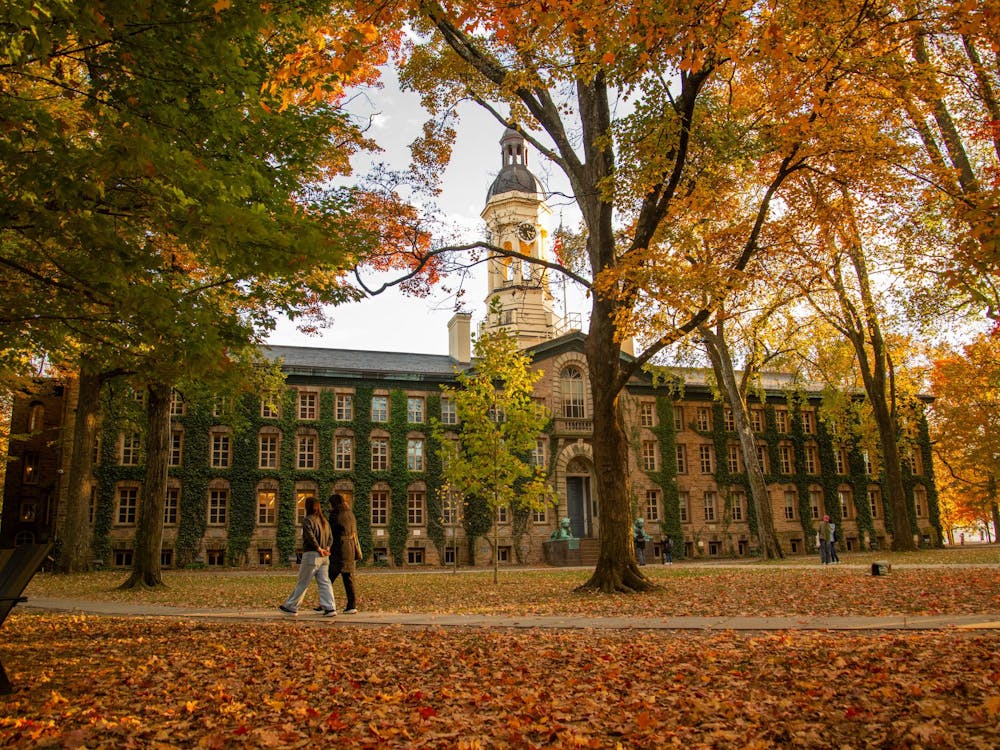Last week, the University Board of Trustees decided to commit endowment income to increasing grants by $2,000 for all juniors and seniors on financial aid in order to provide financial support for those wishing to join eating clubs. This extra support is intended to remove financial barriers to those wishing to join non-selective "sign-in" clubs as well as selective "bicker" clubs. The actions of the Board of Trustees are a laudable step in the right direction toward supporting and increasing diversity. At the same time, the plan is not a panacea for the shortcomings of Princeton's social life. Its effectiveness should be closely monitored.
The proposed increase in endowment spending for the 55 percent of juniors and seniors on financial aid amounts to a total of over $2.5 million per year. While many on financial aid will benefit from reduced work hours and more savings for education, others will — as the University expects — use these funds for club membership. If the funds have the intended effect of increasing diversity in both sign-in and bicker clubs, then the money should be considered well spent. But if not, the hefty price tag will be a lot to pay for very little effect.
In addition to its high price, this plan does not by itself address the pervasive perception of elitism attributed to the clubs or the stratification and isolation reflected in other residential and dining options on campus. As we previously suggested, the University should undertake a broad baseline assessment of the proportion of women and minorities, socioeconomic distribution and proportion on financial aid among members of exclusive and open clubs as well as independents. Such data could also include breakdowns of underclass and upperclassmen roommates of varying socioeconomic backgrounds and characteristics. These data could be monitored and even compared to those at other residential universities to settle the issue of the perception of Princeton as a diverse but stratified campus.
In the absence of such analysis of the impact the new club subsidy as well as the creation of the four-year residential college plan, it will be impossible to assess its impact, make needed adjustments and even consider alternatives such as one proposed by President Tilghman where all upperclass students will eventually be members in both a four-year college and a club.
As noted in the latest Princeton Alumni Weekly, 50 years ago Princeton tried another social experiment when it created the "the Wilson Lodge." Yet this produced an effect that was the opposite of what was intended. Instead of bringing students together, it led to a failure to diversify the dining and social options of that era. With measurement, planning and vision, the administration can avoid that tired aphorism about failing to learn from history only to be condemned to repeat it.







